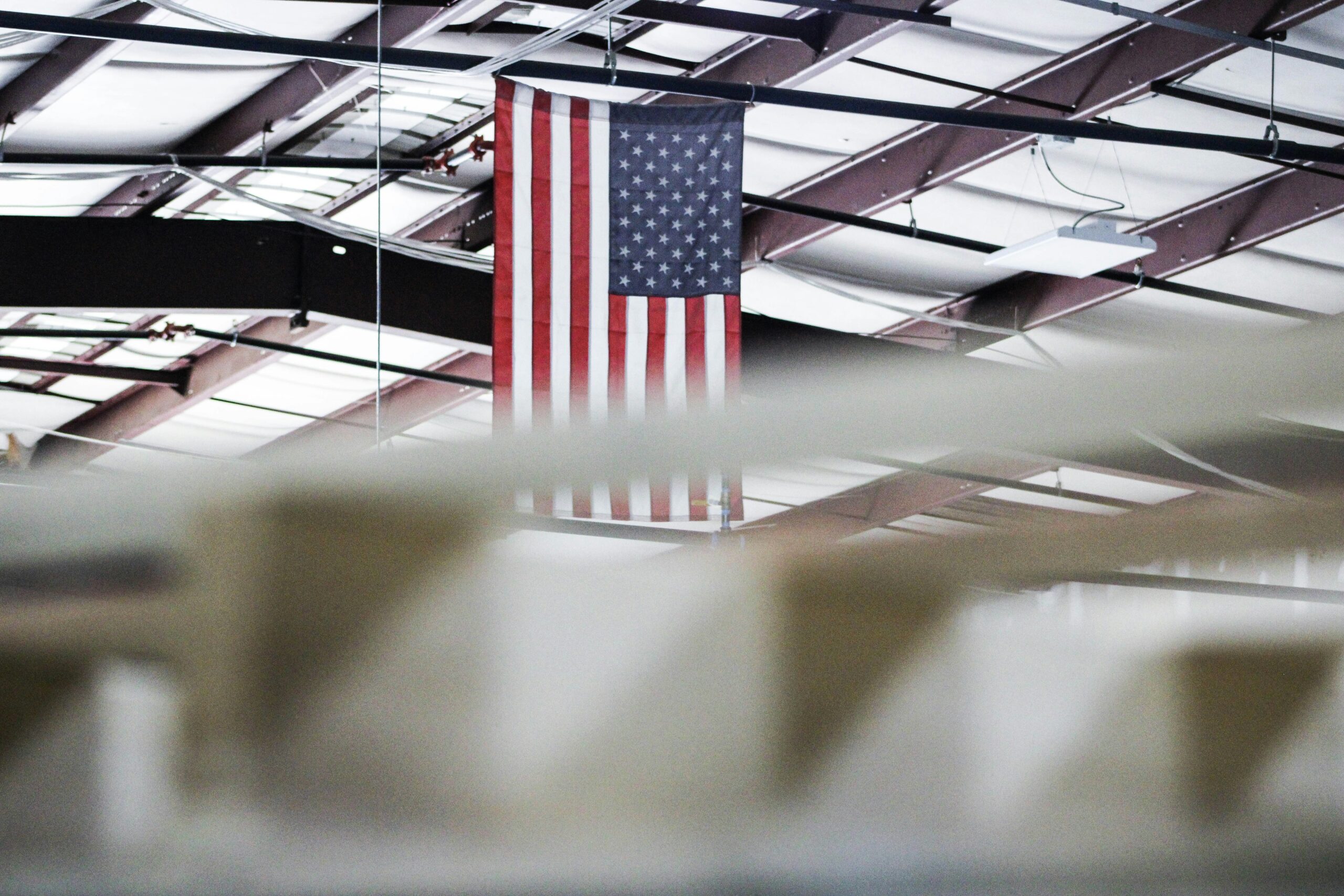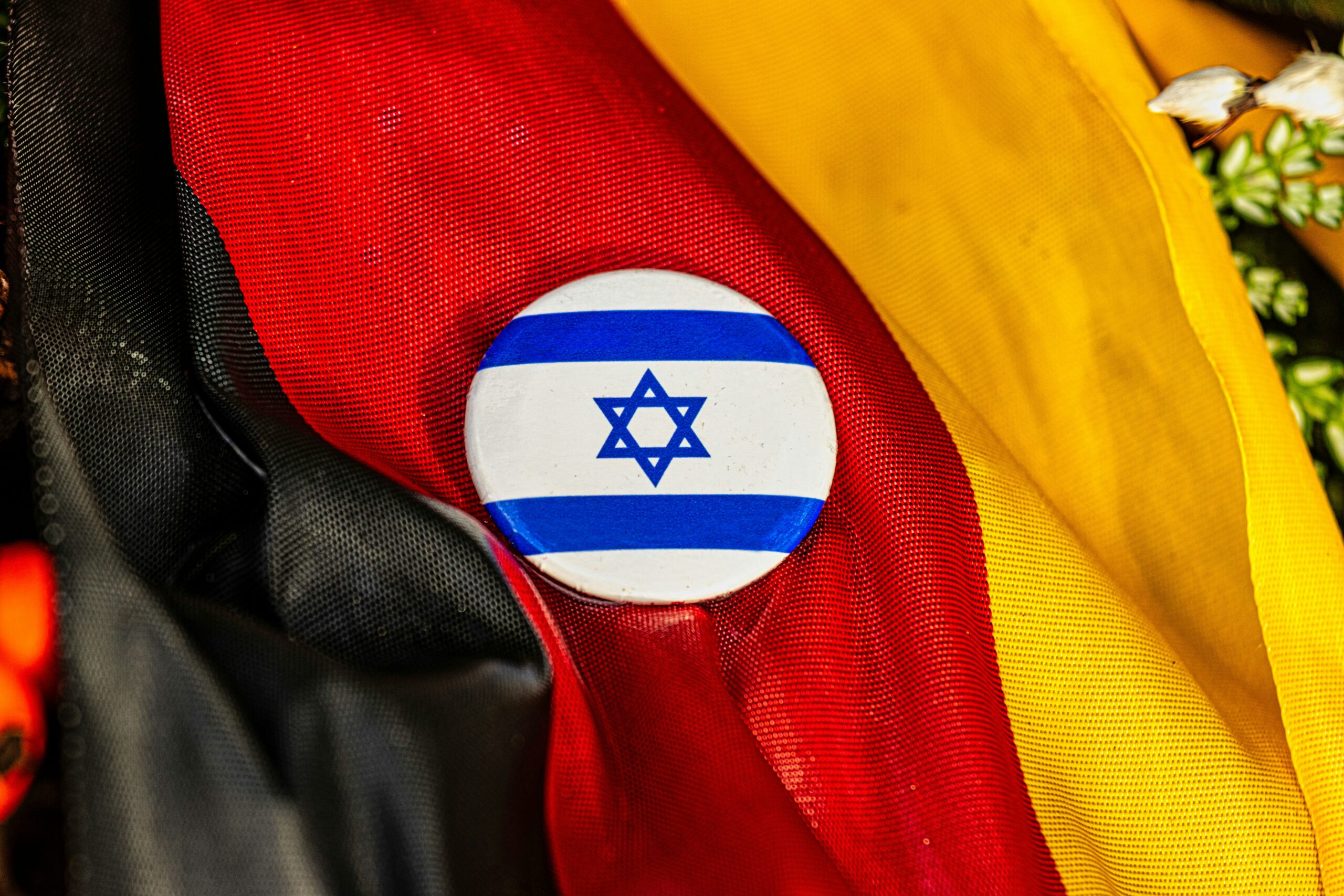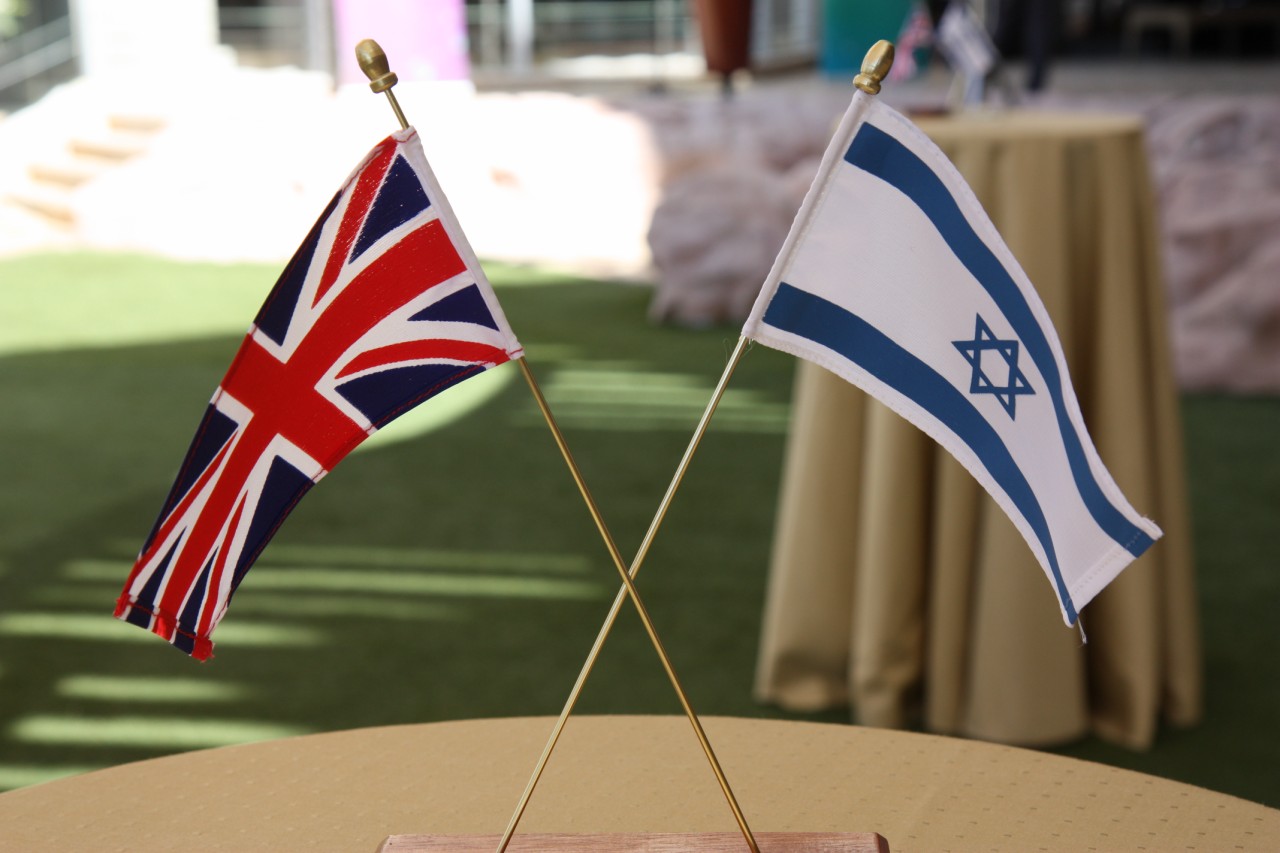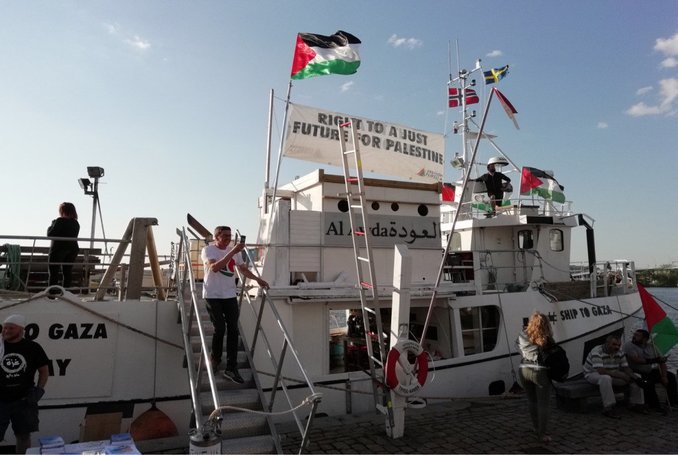After nearly seven months of unrelenting war, only 70% of the Gaza Strip remains outside Israel’s ever-expanding military control zones. That remaining land is not just battered and overcrowded, it’s the final target in a campaign that appears to have shifted from military retaliation to strategic erasure. And as new waves of Israeli reservists are mobilized, reports from both local and international observers point to a final push for what many are now calling the de facto annexation of Gaza.
Since the collapse of the March ceasefire, the Israeli military has redrawn the boundaries of Gaza using force, displacement, and designation. According to satellite imagery and humanitarian monitors, approximately 30% of the territory has been converted into evacuation zones, demolition zones, or what the Israeli army refers to as “buffer zones.” These are not minor border strips. In some cases, they extend several kilometers into the strip, consuming residential neighborhoods, farmland, and infrastructure.
What remains is a two thirds of a territory that was already one of the most densely populated areas on Earth. That 70% is now home to over a million displaced Palestinians, many of whom have fled multiple times from north to south and back again. These remaining zones are not safe havens; they are pockets of survival surrounded by military operations, cut off from consistent aid, and still subject to airstrikes and raids.
Over the past week, signs of a new escalation have emerged. The Israeli security cabinet has approved further expansion of ground operations, with thousands of reservists being called back to duty. Analysts inside Israel have noted a shift in government language, from eliminating Hamas to ensuring permanent “security control.” In practice, this means taking physical control over the remaining areas of Gaza and potentially beginning a more formal process of settlement and annexation.
Israeli ministers and aligned commentators have increasingly floated the idea of retaining parts of northern Gaza and converting them into permanent security zones or even settlements. Statements from government-linked figures have suggested that parts of the north may be deemed permanently uninhabitable for Palestinians, raising fears of a long-term demographic reengineering of the Strip.
Meanwhile, international condemnation continues, but with little effect. The UN has warned of an unprecedented humanitarian crisis, but diplomatic pressure on Israel has so far not translated into any meaningful constraint. In the absence of consequences, the military strategy has grown more ambitious.
What’s unfolding is not just a military campaign. It is a redrawing of borders without agreement, a resettlement of land without consent, and a dismantling of Palestinian existence in Gaza without apology. If the last 30% falls under direct Israeli control, the Gaza Strip as it has been known for decades will effectively cease to exist.
That transformation will not be announced at a podium. It will not come with formal statements or declarations. It will arrive bulldozer by bulldozer, checkpoint by checkpoint, until what was once a homeland is reduced to a memory and a cautionary tale of what happens when the world watches and does nothing.
Author
Discover more from The Crustian Daily
Subscribe to get the latest posts sent to your email.













